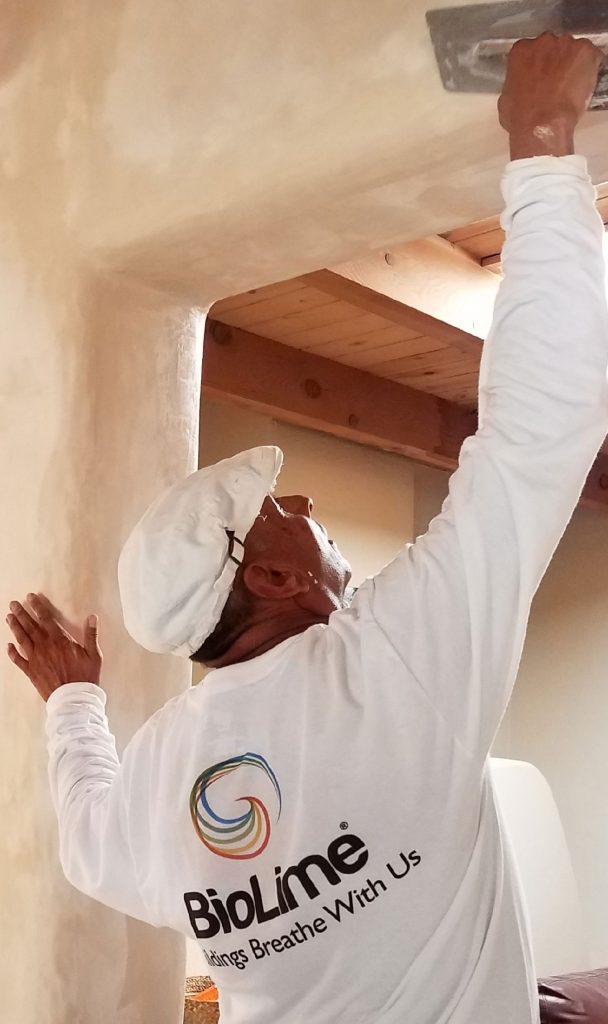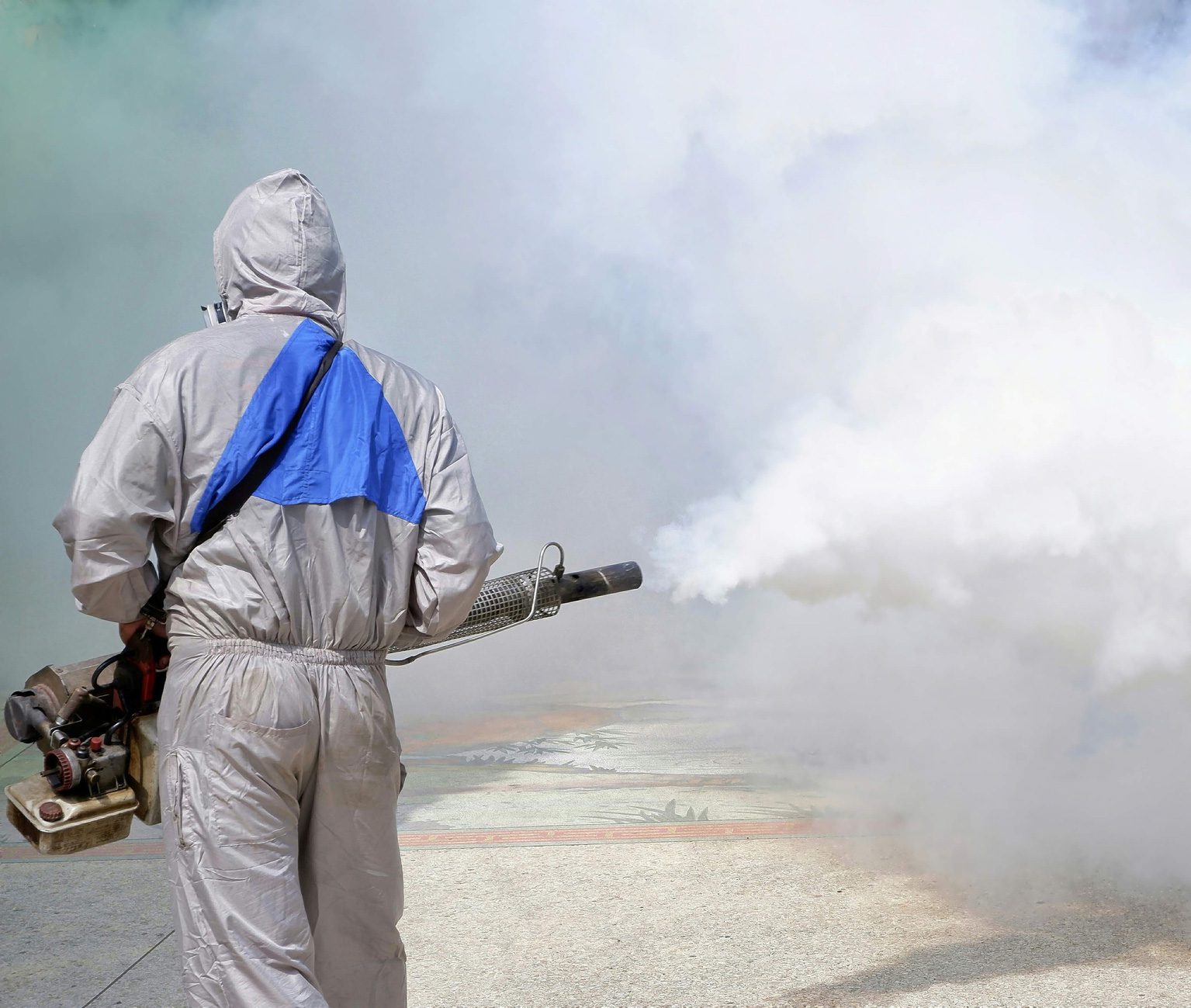
A 2007 study showed that lime could successfully inactivate the H5N1 Avian Flu virus.
In a scientific study performed by the Institut Pasteur de Lille in 2007, in association with the European Lime Association (EuLA), Japan Lime Association and the Canadian Lime Institute – Lime was concluded to successfully inactivate the H5N1 Avian Flu virus.
The study shows the efficacy of lime for H5N1 viral inactivation within 5 minutes @ 4°C and describes how lime can be applied to the walls and floors of poultry houses to prevent and control the Bird flu outbreak.

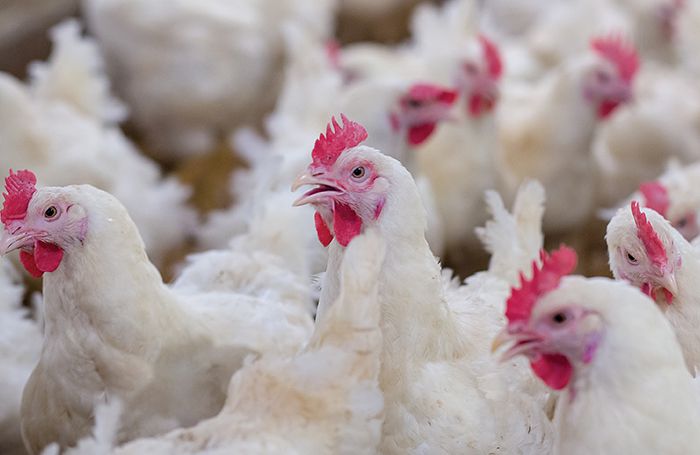
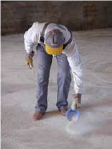
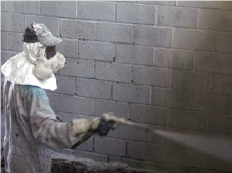
Lime has been recognized as an effective measure in the prevention and mitigation of pathogens. In Germany, lime treatment has been included in government guidelines for mitigating Avian Influenza outbreaks and was successfully used in 2007 during an outbreak in Bavaria. It has also been used to control similar outbreaks in Turkey (2006) and in Japan (2004).
Lime is a purely natural product made from the calcination of calcium carbonate (limestone). This important raw material is registered in the European Union (EU Biocidal Products Regulation) as a Type 2 Biocide (antiseptic) for Private and Public Health and a Type 3 Biocide in the field of Veterinary hygiene.
While lime is proven to mitigate the spread of the Avian flu virus in poultry houses, it could be used effectively in architecture for the control of pathogens and in increasing indoor air quality. Hospitals, medical centers, homes for the elderly and quarantine centers could benefit greatly from lime-finished interior surfaces.

Many buildings today, including residential architecture do not promote healthy indoor air. One of the main contributors to poor indoor air quality are non-breathable interior coatings. These types of coatings restrict the exchange of air and are susceptible to harboring contaminants. In medical applications, recirculated indoor air may contain pathogens that could promote the spread of disease by storing these contaminants on the surface.

Source:
- EuLA: Practical guidelines for the disinfection with lime – https://www.eula.eu/eula-practical-guidelines-for-the-disinfection-with-lime/
- Institut Pasteur de Lille – https://www.pasteur-lille.fr/5/health/travelers-diseases-information/bird-flu/
- Hellenic Lime Association: Lime as an effective disinfectant for the prevention and control of Avian Influenza – http://lime-association.gr/Subjects/AvianFlu.html
